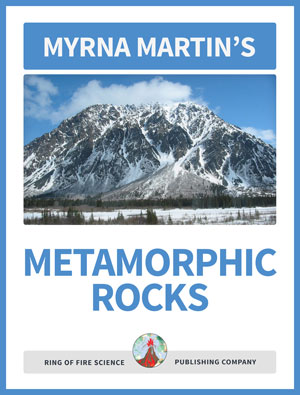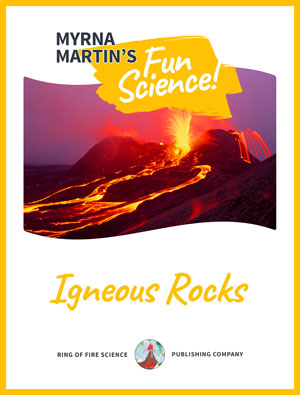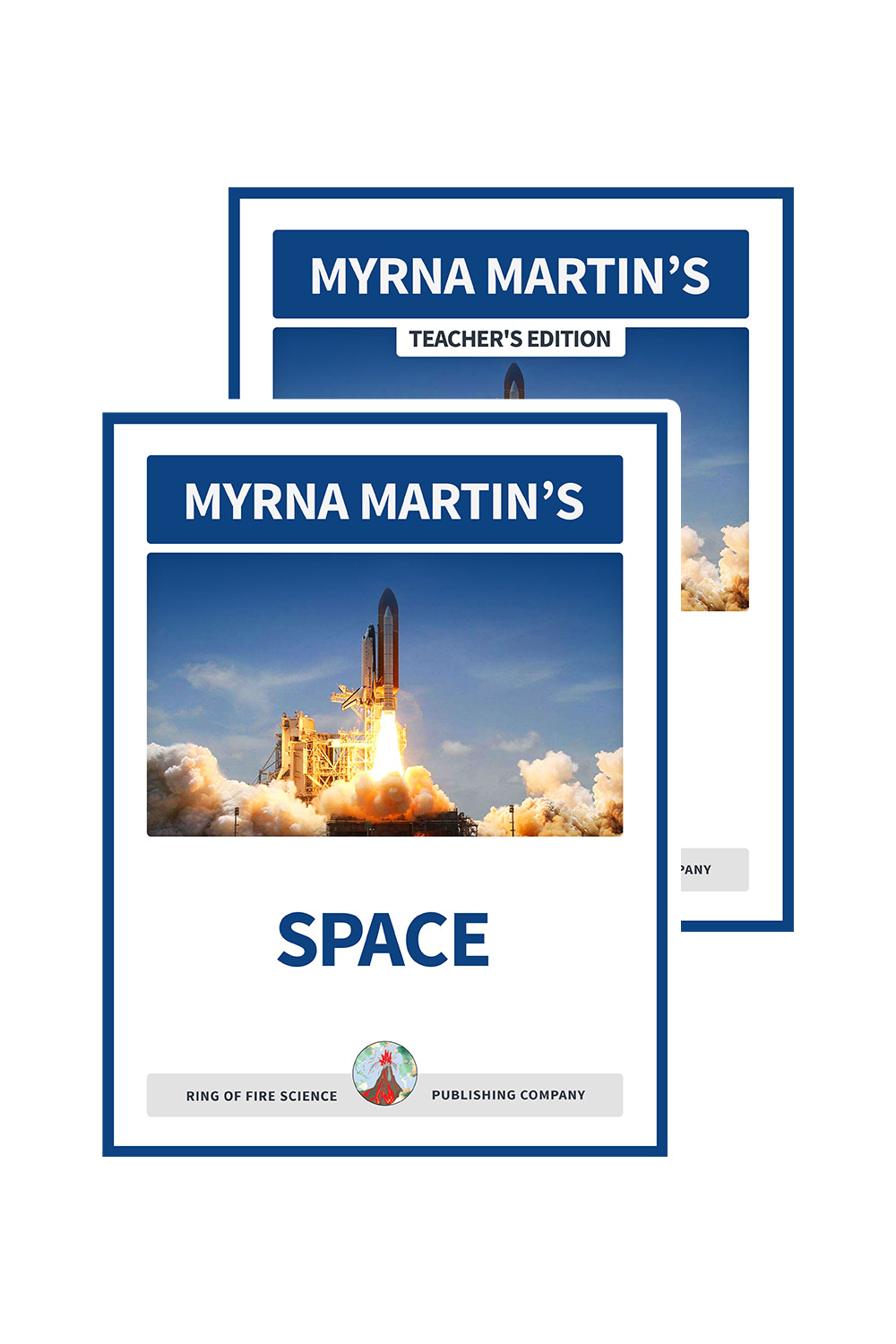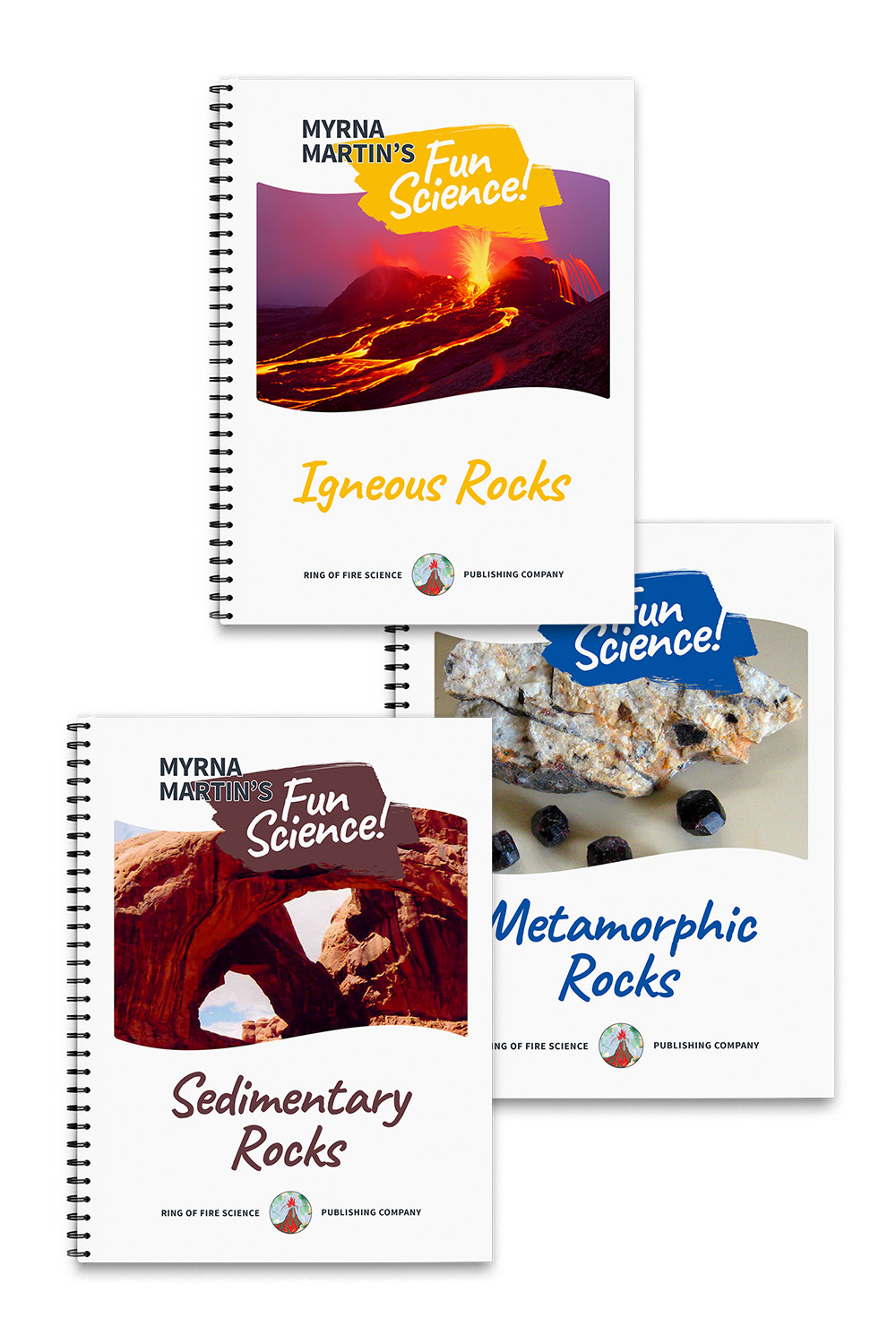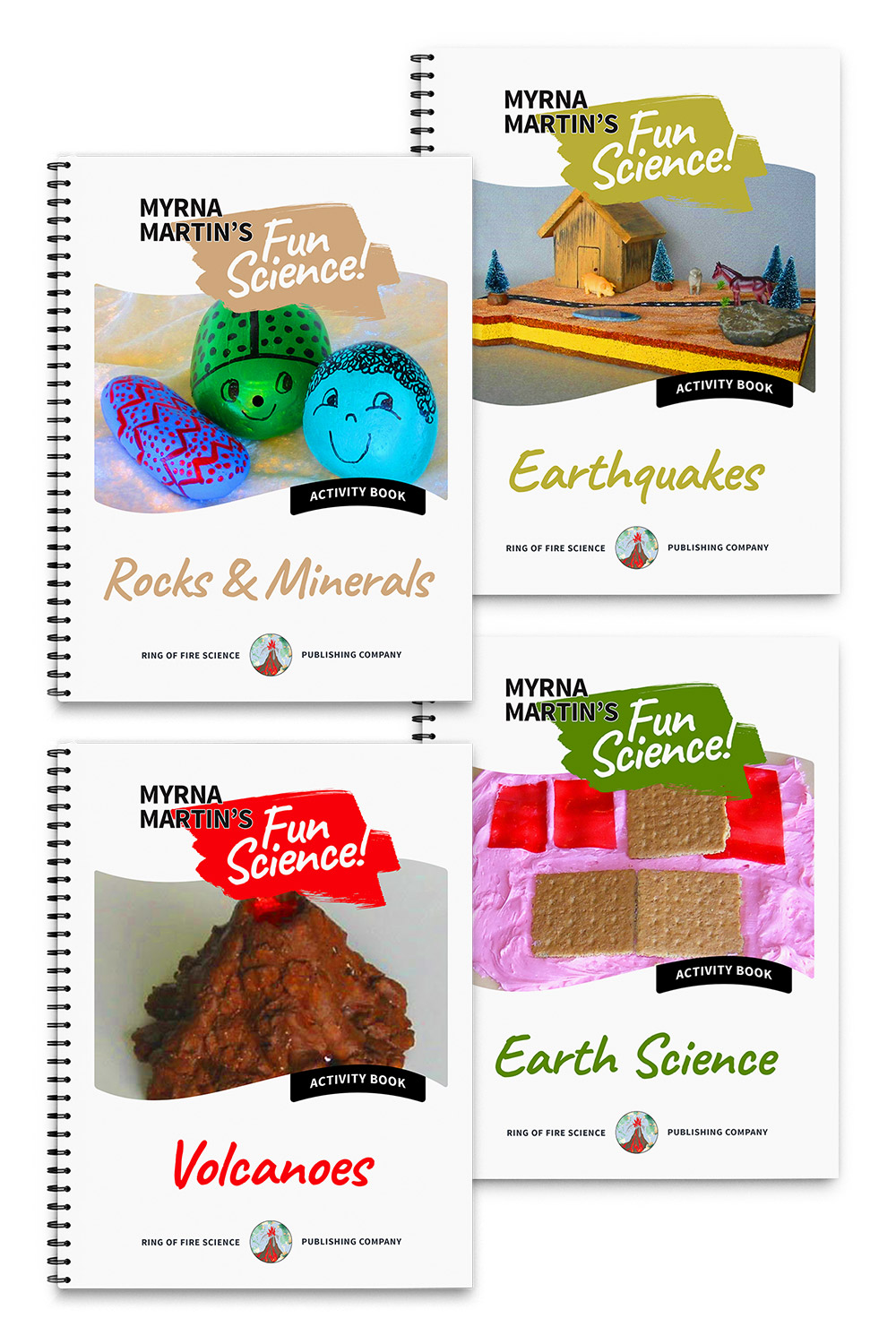Earth Has Two Cores
proving earth has two cores
Difficulties studying Earth's two cores
Earth has two cores that are difficult to study because it is impossible to drill deeper than a few miles beneath the Earth's surface.
Scientists believed as early as the 1890s Earth had a core
The study of earthquake waves moving through the body of the Earth is the major tool used to study the interior of the Earth and its cores. Scientists as early as the 1890s believed there was a core inside the Earth because of our planets gravity and its response to the Sun and Moon.
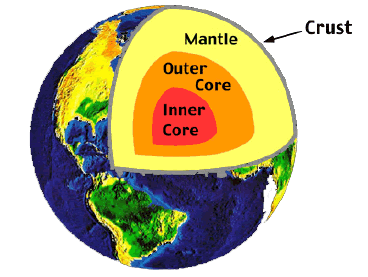
The Earth and the layers inside USGS
Discovering Earths has two Cores
1906 Discovery of Earth's Core by Richard Dixon
It was not until 1906 that Richard Dixon discovered the core of the Earth. He found that earthquake waves moved much slower through the center of the Earth than other parts.
Beno Gutenbergs discoveries
Beno Gutenberg, a German-American seismologist began studying earthquake waves in 1913 at the University of Gottingen. He studied the patterns that earthquake waves made after large earthquakes made as they moved through the Earth.
Discovering Earth's liquid core
Gutenberg hypothesized that the Earth contained layers of different types of rock inside the Earth. Prior to this time it was believed that inside the Earth the planet was made of a uniform type of rock that increased in density as the depth increased.
Gutenberg found that S waves did not penetrate the core and therefore it must be liquid because they only travel through solid rock. P waves moved through the Earth's core but were deflected at the cores boundary.
Gutenberg discontinuity
Gutenberg calculated that that mantle ended at 2900 km (1800 miles) beneath the Earth's surface and this was the boundary with the molten core. Today the boundary is called the Gutenberg discontinuity. His theory has been collaborated by many scientists since his discovery.
Inge Lehmann's discovery of the solid inner core
The solid inner core was discovered by Inge Lehmann, a Danish seismologist, studying p waves traveling through the Earth discovered they increased in speed at a boundary within the Earths core. She published her findings in 1936. The boundary between the inner and outer core is the Lehmann discontinuity. The inner core's radius is approximately 1220 km (758 miles).
research on the Earth's cores
Why does Earth have a liquid outer core and a solid innner core?
The next problem for the scientists was why is the outer core liquid and the inner core solid. Today scientists believe at the mantle-core boundary that the heat and pressure become so great that the rocks melt forming the outer core.
Does pressure at Earth's center cause minerals to crystallize?
The increasing pressure at the Earth's center causes the minerals to become solid rock. They are overcome the intense heat that melted the rocks in the outer core. The average density of the Earth indicates that the cores are made primarily of iron and iron-nickel alloys.
Can there be giant iron-nickel crystalls in the inner core?
Professor Kei Hirose on August 30, 2011 completed experiments on high-pressure minerals that are an iron-nickel alloy and were heated to 4000 Kelvins.
His studies support the theory that giant crystals are found in the solid inner core that run north to south. They have also discovered that the inner core rotates slightly faster than the rest of the Earth.
More Planet Earth Links
Asthenosphere Find out how scientists proved the existence of the asthenosphere after the Great Chilean Earthquake in 1960.
Earths Atmosphere Find out how the layers above Earth have formed and their importance to life on our planet.
Tectonic Plate Boundary Find out how and where tectonic plate boundaries form on our planet.
Plate Movements Do you know what are divergent plate boundaries, convergent boundaries and transform faults. Find out on this page.
Crustal Plates Find out how continental crust and oceanic crust forms on our planet.
Earths Core Find out how scientists use earthquake waves to study the Earths core.
Planet Earth Find out about the different layers that make up planet earth from the core to outer space.
Home Page The Science Site contains information on our planet, volcanoes, science activities, earthquakes and much more.
Kids Fun sCIENCE bOOKSTORE
Check out Myrna Martin's award winning textbooks, e-books, videos and rock sets. The Kids Fun Science Bookstore covers a wide range of earth science topics. Click here to browse.
Sign up to our monthly newsletter and receive our FREE eBook containing 3 fun activities that don’t appear in any of our other books!
The Kids Fun Science monthly newsletter will include the following: current events, weird and fantastic facts, a question of the month, science trivia and the latest new content from our website.
We respect your privacy and you can be assured that we will never share your email address or use it for any other purpose than to send you our newsletter.



